SUMMARY
This is AI generated summarization, which may have errors. For context, always refer to the full article.

MANILA, Philippines – In the wake of a typhoon, there are tons of news articles and tweets about conditions in affected areas. Unfortunately, not all of them turn out to be true.
At a time when information becomes a form of “relief” for those affected by emergencies, it is important to spread accurate and relevant news to aid decision-makers and responders on the ground. (READ: Social media: Critical for disaster managers)
How can you tell if tweets and articles about a disaster are real? The graphics below point out the details you should look out for to know what’s real and what’s made up.
Read on, and stay safe!
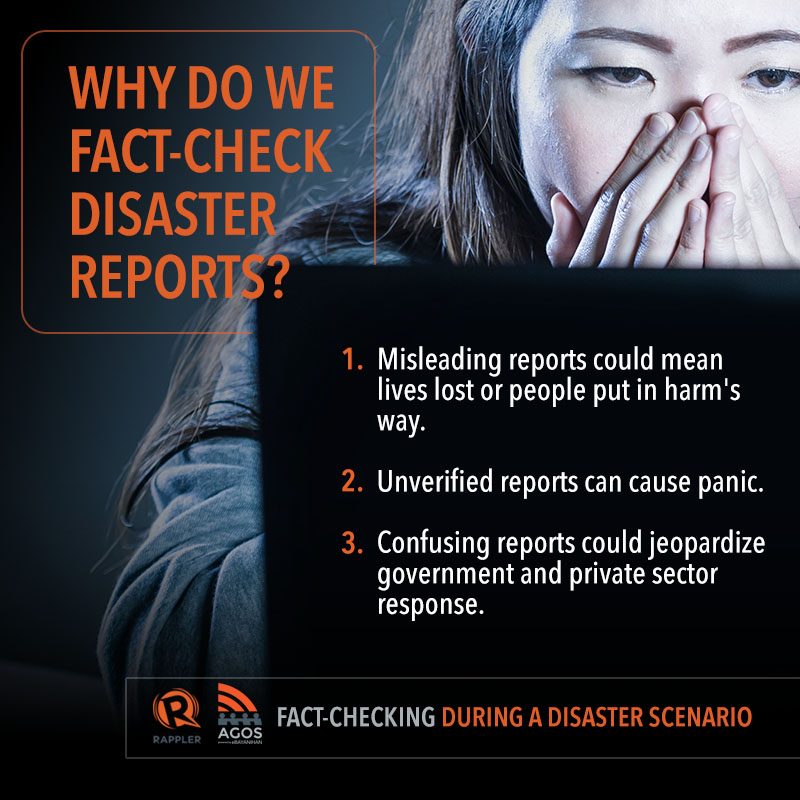

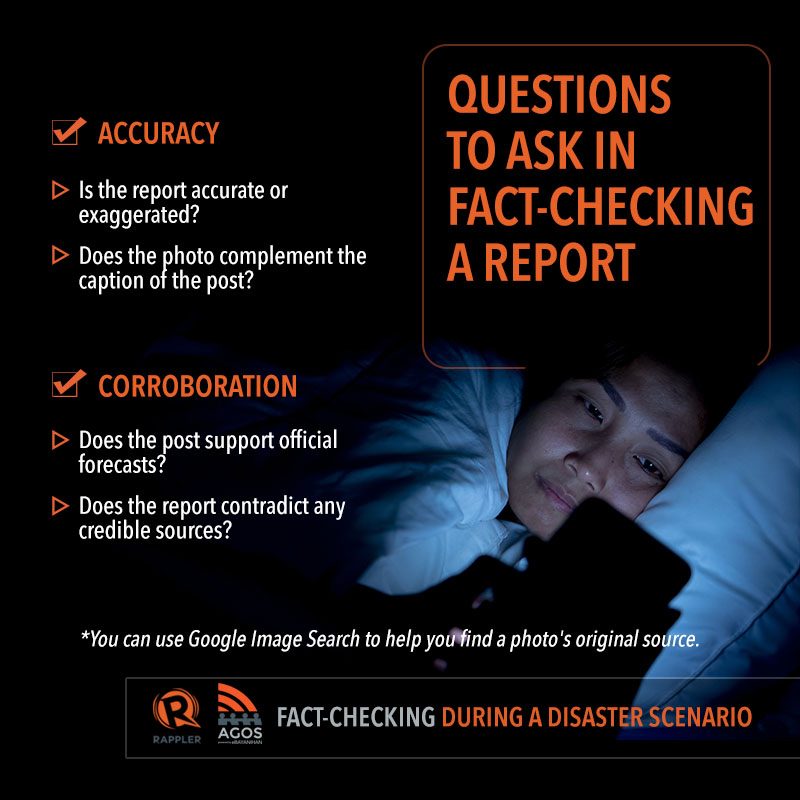
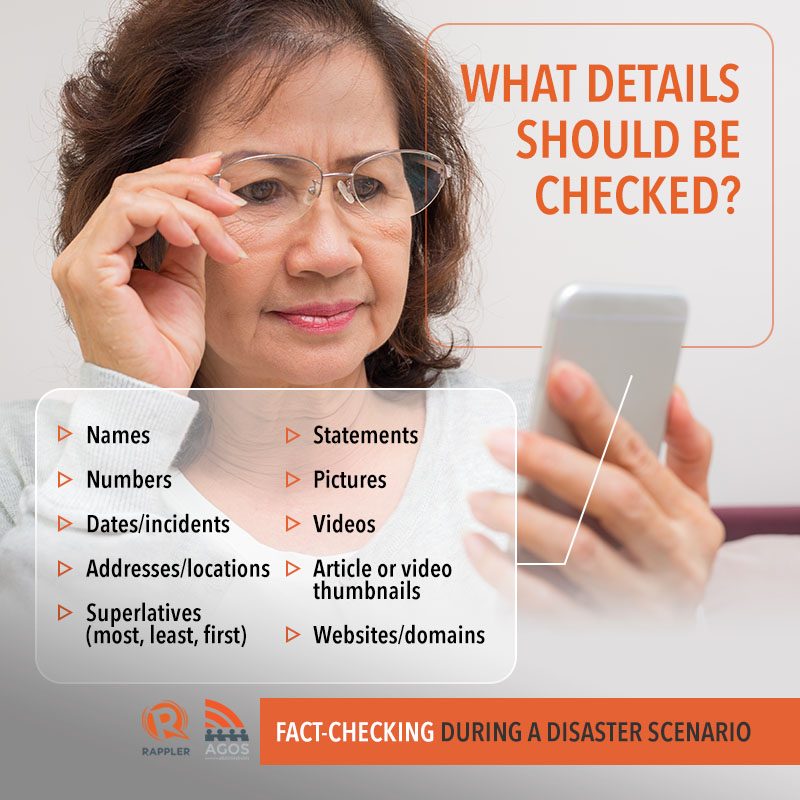
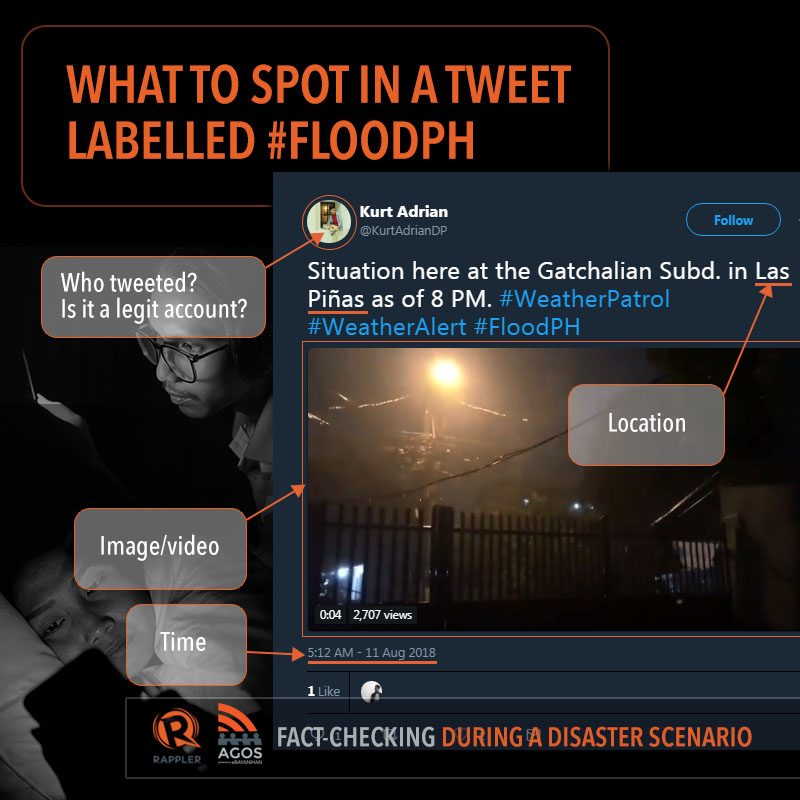
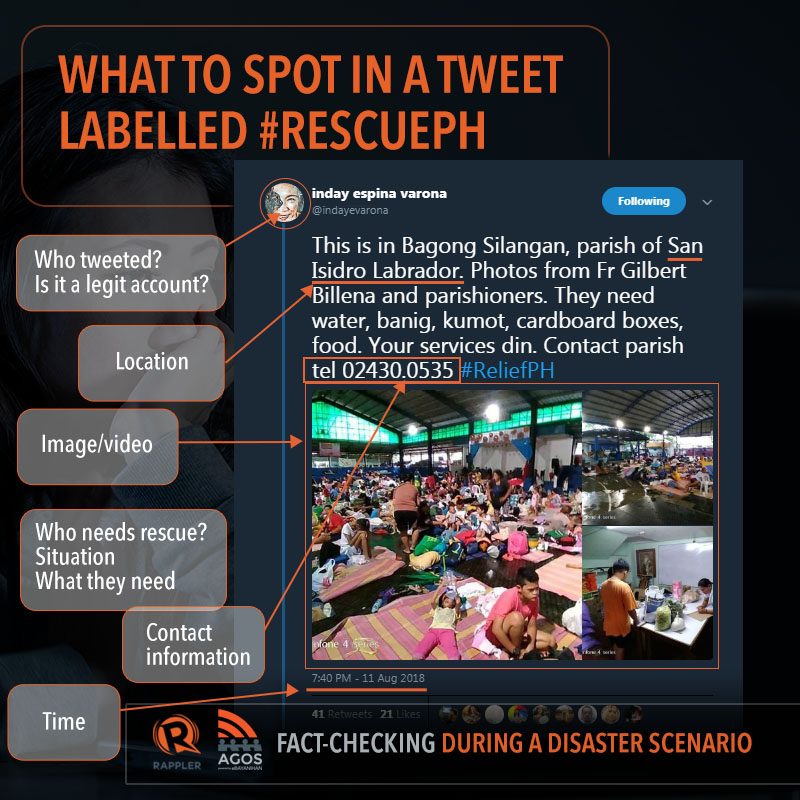
– Rappler.com
If you suspect a Facebook page, group, account, a website, or an article is spreading false information, let Rappler know by contacting us at factcheck@rappler.com. Let us battle disinformation one Fact Check at a time.
Rappler sustains its fact-check efforts with support from Facebook’s Third Party Fact Checker Program, our crowdfunding donors, Friedrich Naumann Foundation (FNF) and the National Endowment for Democracy (NED).
Add a comment
How does this make you feel?
There are no comments yet. Add your comment to start the conversation.